DELEM DA-66S Profile-60S: Guide to Uses, Installation and Operation
When selecting CNC control systems for metalworking applications, it is crucial to understand the core uses and functions of the DELEM DA-66S Profile-60S. This advanced control system serves as a key component for ensuring the efficient operation and precision of press brakes, playing a vital role in enhancing industrial automation.
If you wish to learn how this system optimizes production processes and improves equipment performance, this article will break down its functions, installation steps, and operation methods in detail, providing clear guidance for your equipment upgrade decisions or CNC system learning.
1. System Requirements for Profile-60S
Before using the DELEM DA-66S Profile-60S, ensure that your equipment meets the following hardware and software requirements to guarantee stable system operation:
1.1 Hardware Requirements
• Computer: IBM-compatible PC;
• Display Resolution: Minimum screen resolution of 1920×1080;
• Ports: At least one free USB port (for program installation and connecting the license dongle).
1.2 Software Requirements
• Operating System: Windows 10;
• Graphics Driver: Graphics driver supporting OpenGL V3.3 or higher.
2. Installation Steps for DELEM DA-66S Profile-60S Software
The installation process of the Profile-60S software is straightforward. Follow the step-by-step guide below to complete the deployment:
Step 1: Prepare the Installation Media
Insert the dedicated Profile-60S installation USB drive into a free USB port of the PC. The system will automatically pop up an installation wizard window; follow the on-screen prompts to download the required installation files to the local computer. If the automatic wizard does not appear, manually open the USB drive directory to locate the installation files.
Step 2: Launch the Installation Program
• If the automatic setup wizard window pops up normally, click "Next" to start the installation;
• If no automatic window appears, find the installation file named in the format "Delem.Profile-60S.setup.Vx.y.z.exe" in the installation USB drive, and double-click this file to manually launch the installation program.
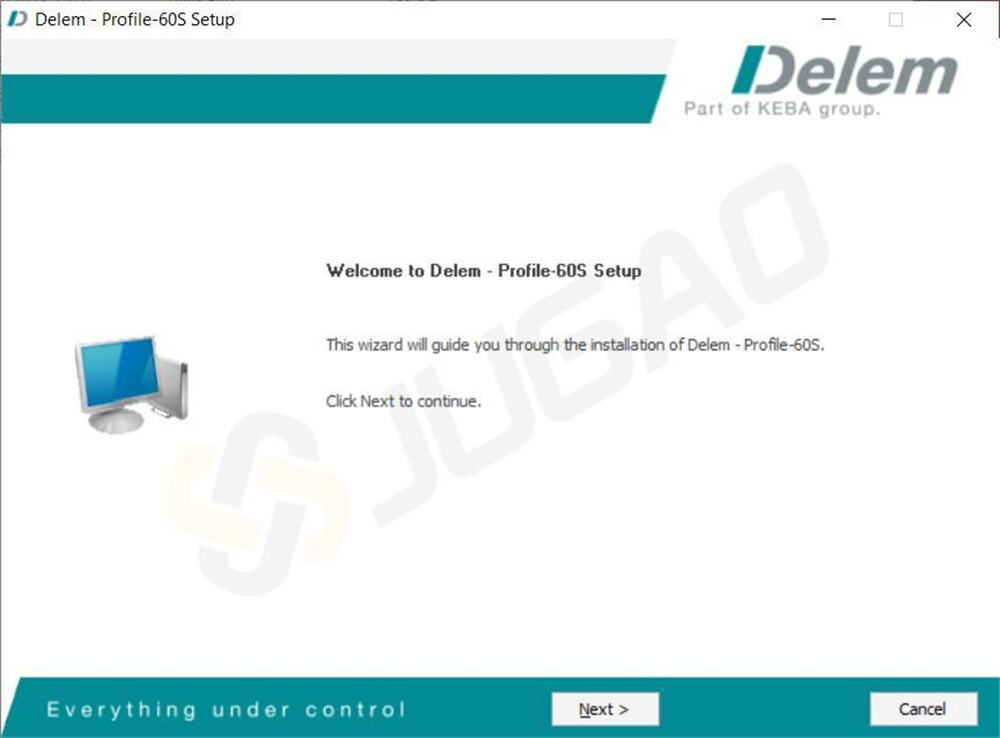
Step 3: Accept the Software License Agreement
The installation program will navigate to the "Software License Agreement" page; read the agreement terms carefully:
• If you agree to the terms, check the option "I accept…" and click "Next" to continue the installation;
• If you do not agree to the terms, select "I do not accept…" — the installation program will terminate automatically.

Step 4: Configure Installation Settings
Set the installation path and folder name for the software:
• The default installation path is "C:\Program Files (x86)\Delem\Profile-60S";
• To modify the path, click the "Browse" button to select the target folder. After confirming the path, click "Install" to start the file copying and installation process.
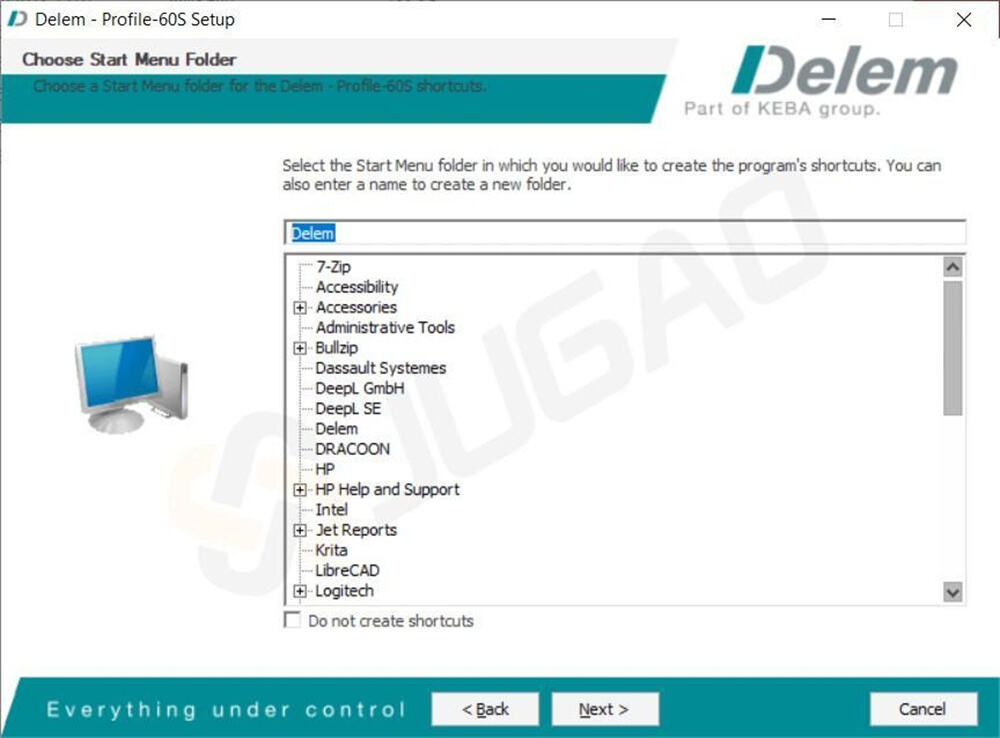

Step 5: Complete the Installation
Wait for the installation program to automatically copy files to the specified hard disk directory (no manual operation is required during this process). Once the progress bar is complete, click "Finish" to end the installation — no computer restart is needed, and the software can be used normally.
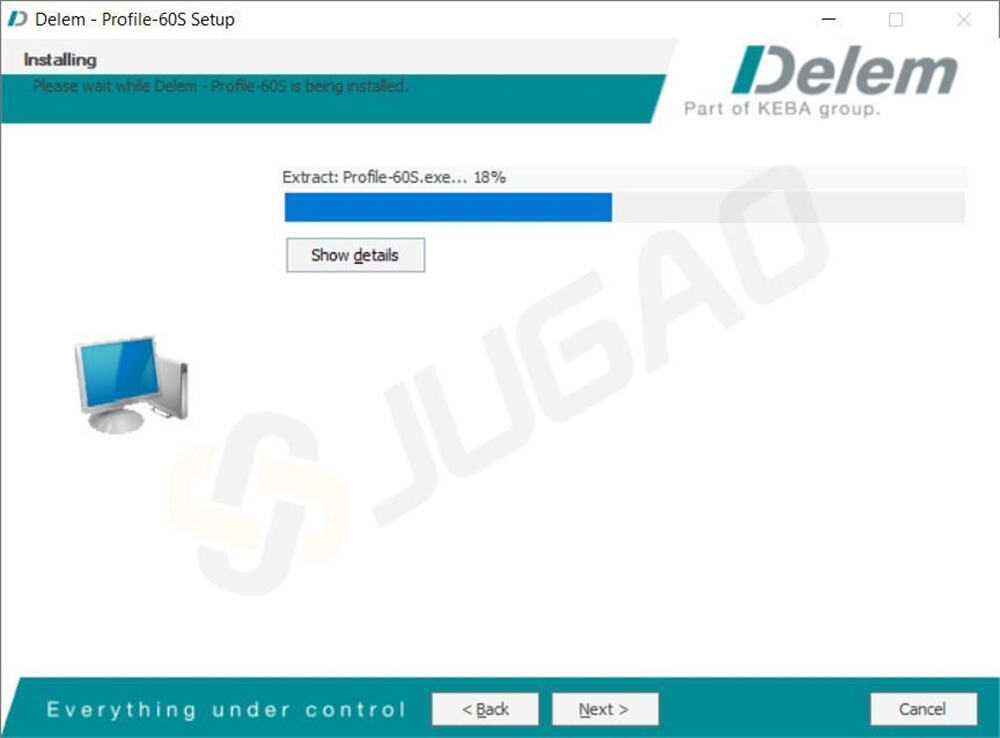
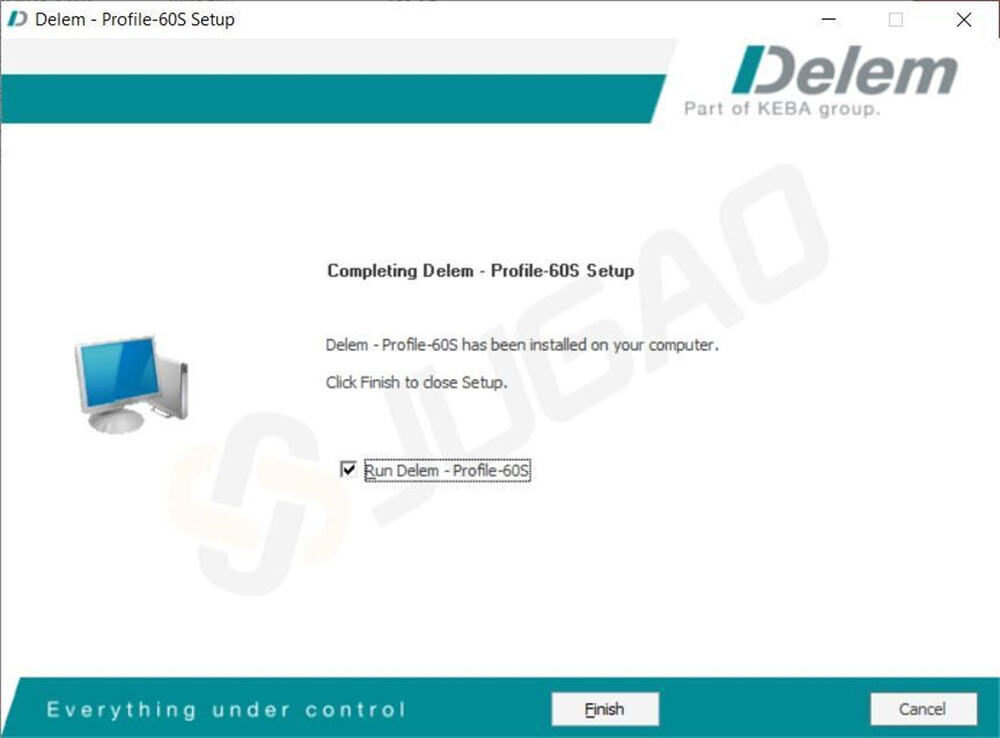
Post-Installation Notes
1. Desktop Icons: After the default installation, two core icons will be generated on the desktop:
"Profile-60S software": Direct startup entry for the software;

"Operation manuals of the DA-60S control": Operation manual for the DA-60S control system.

1. Start Menu Entry: A new folder named "Delem" will be added to the Windows Start Menu (if no installation settings are modified), containing "Profile-60S" (software startup item) and "Profile-60S manuals" (collection of operation manuals).
2. License Dongle Requirement: Before starting the software, you need to connect the USB license dongle — if the dongle is connected normally, Profile-60S will start automatically; if it is not connected or malfunctions, the system will pop up an error prompt. Troubleshoot the connection and restart the software.
3. Operation Guide for DELEM DA-66S Profile-60S
After the software is installed, you can implement press brake programming and control through the following functional modules. The core operation processes and functions are as follows:
3.1 Overview of Profile-60S Workflow
Profile-60S adopts a "seamless full-process" design, covering the entire cycle of "calling existing products → creating new products → generating programs → outputting data" with clear operation logic:
• Mode Guidance: The "mode selection keys" at the bottom of the interface serve as the core operation guide, starting with the "Products" mode on the left by default;
• Auxiliary Support: The software has built-in real-time help functions, and the operation manual is deployed simultaneously during installation — you can refer to it at any time to resolve programming questions;
• Advanced Advantages: Compared with the previous DA-60S system, Profile-60S adds three key functions:
◦ "Machine Library" button: Directly modify machine parameters to ensure full alignment with the actual press brake control settings;
◦ Product Printing: Click "print" in the "Products" mode to output the parameters and program data of the selected product;
◦ Multi-terminal Transfer: In the "Transfer" mode, product data and tooling data can be transferred to a hard disk, USB device, or network storage location.
3.2 Machine Library Management (Ensuring Equipment Compatibility)
Parameter synchronization between Profile-60S and press brakes is essential for coordinated equipment operation. The "Machine Library" function enables "one programming station to adapt to multiple devices". The specific operations are as follows:
• Add a Machine: In the "Products" mode, click "machine library" and select "install machine", then follow the prompts to complete the addition of a new device;
• Generate Device Configuration File: In the "Machine" mode of the DA-60S control system, select "backup system" — the system will generate a .dat format backup file of device parameters. Copy this file to a USB drive and import it into Profile-60S to complete device parameter synchronization;
• Device Management: The machine name displayed in Profile-60S is consistent with the original control system by default. You can switch devices via "select machine" or modify the machine name (without affecting parameters) through the "edit" function.
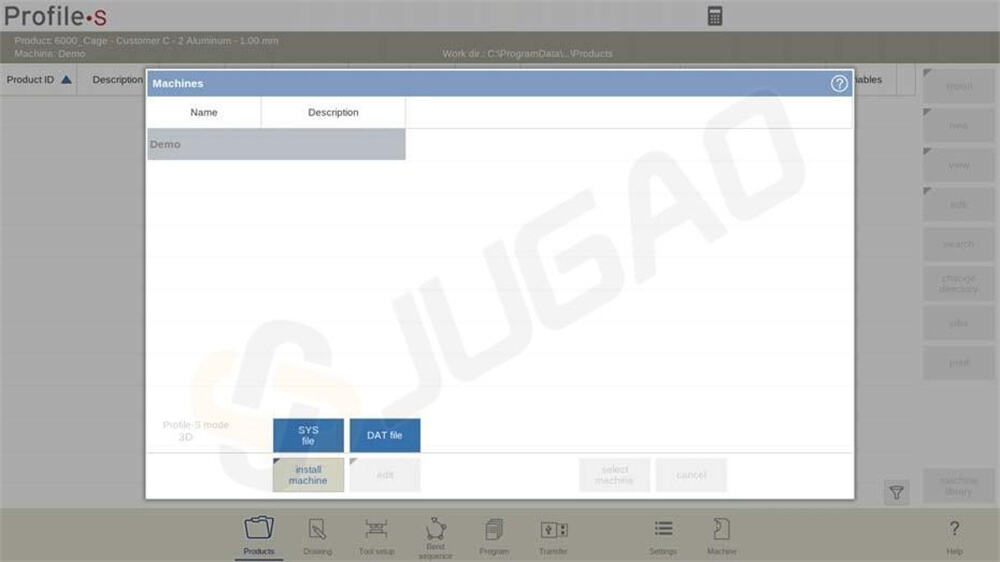
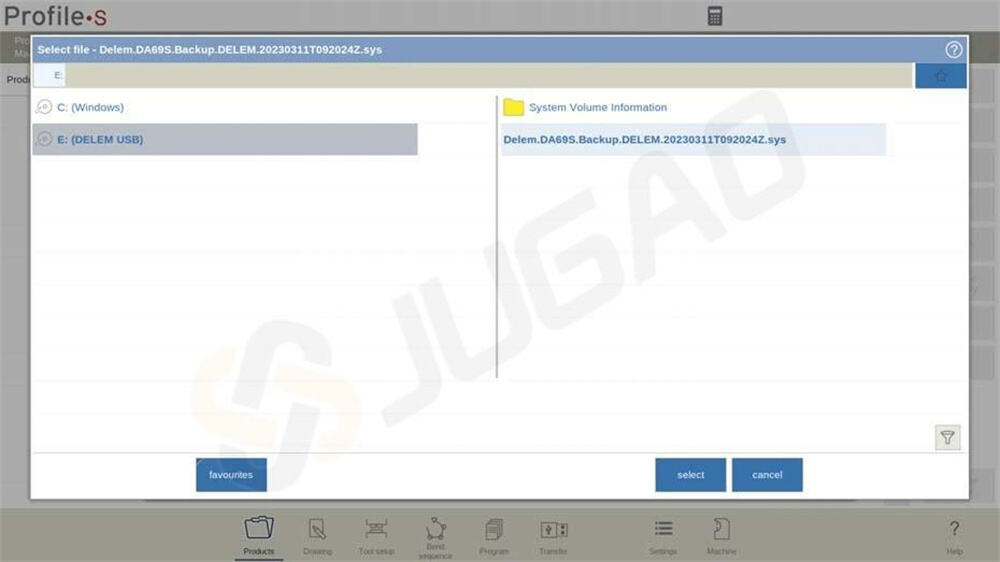
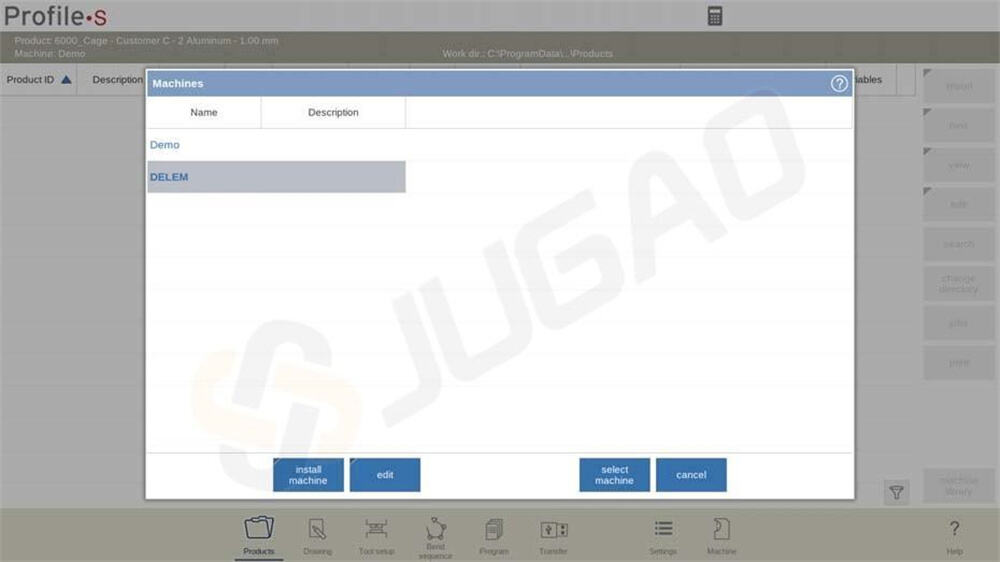
3.3 Printing and Transfer Functions (Data Output)
Profile-60S supports data printing and multi-terminal transfer to meet the needs of production data sharing and storage. Note that some functions only support specific versions:
(1) Printing Function (Only Supported by Profile-S2D and Profile-S3D Versions)
Click the "print" button in the "Products" mode — the system will pop up the Windows standard printer menu. You can freely select the target printer, configure paper size, number of copies, etc., and then output the product data document.

(2) Transfer Function (Supported by All Versions)
After completing product design and CNC program generation, switch to the "Transfer" mode and select one of the following three transfer methods:
• Product: Transfer only program data to a specified directory (e.g., USB drive, hard disk);
• Product + Tools: Transfer both program data and the parameter data of the used tooling to ensure the device receives complete configurations;
• DXF Product (Only Supported by Profile-S2D/S3D): Export product data (including bend deductions) as a "contour graphic" in DXF format for subsequent design modifications or archiving.
In addition to the currently selected product/tooling, you can also batch transfer data of other products or tooling to improve efficiency.
3.4 Shortcut Key Combinations (Optimizing Operation Experience)
Profile-60S supports the following shortcut keys to quickly adjust the interface display mode:
• Alt + Enter: Switch between "full-screen display/windowed display" modes;
• F11: Show or hide the Windows title bar and window borders (suitable for scenarios requiring a larger operation view).
4. Frequently Asked Questions (FAQ)
1. What specific functions does the DELEM DA-66S Profile-60S offer?
The core functions of this system are designed around the "high precision and efficiency" operation of press brakes, including:
• 2D graphical programming: Simplify the programming process through an intuitive graphical interface and lower the operation threshold;
• Automatic bend sequence calculation: The system automatically plans the optimal bend sequence based on product parameters to reduce errors caused by manual intervention;
• Real-time data processing: Dynamically monitor parameter changes during the bending process to ensure the precision and stability of equipment operation.
2. Is this system compatible with all types of press brakes?
Profile-60S is compatible with most mainstream press brakes on the market. However, due to differences in equipment models and hardware configurations among different manufacturers, it is recommended to contact the equipment manufacturer before purchasing or installing to confirm its compatibility with your specific press brake model and avoid operation issues caused by parameter mismatches.
3. Can it be integrated with existing CNC systems?
Yes. Profile-60S generally supports integration with existing CNC systems. After integration, "data intercommunication and collaborative control" can be achieved to further optimize the production process. However, specific integration solutions (such as interface adaptation, data exchange protocols, etc.) need to be confirmed with the system provider to ensure compliance with the existing configuration of your production line.
5. Conclusion
The DELEM DA-66S Profile-60S is a core component for CNC control of press brakes. Its functions cover the entire process of "parameter configuration → programming → data output → equipment collaboration", playing a key role in improving the precision and efficiency of metalworking. Mastering its installation process and operation logic can give full play to the performance of press brakes and realize the automation upgrade of the production line.
If you need further support during equipment upgrade or software operation, you can contact the technical team for assistance, or obtain more detailed guidance through the operation manual installed with the software to facilitate the optimization of your industrial automation system.


















































